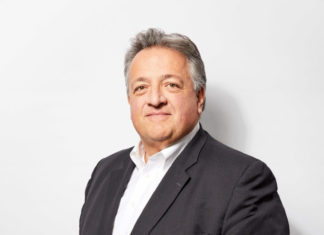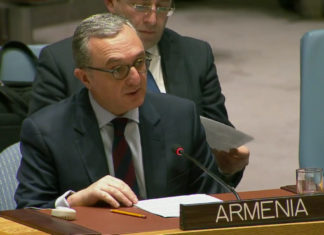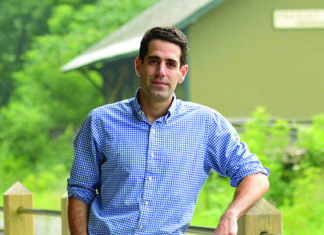By Lisa Manookian
Special to the Mirror-Spectator
YEREVAN — Last week, we introduced you to Edele Hovnanian, the backbone behind Birthright Armenia. In this second part of the series, we meet three individuals who volunteered through Birthright Armenia and repatriated to the homeland.
Lilly Djaniants
In 1988, Lilly Djaniants was an 8-year-old girl, living in Baku, when she and her family were forced to flee in early December. Just 10 months before, the Sumgait pogroms began, during which Azerbaijanis killed and uprooted thousands of Armenians in a wave of ethnic cleansing that targeted the entire Armenian population of Azerbaijan. While Lilly and her family were not immediately threatened, her parents’ fears grew. With only a few basic necessities, they escaped to Armenia and began a new life in Gumri (then known as Leninakan). After their fourth day in Gumri, tragedy struck as Armenia was hit with a major earthquake, claiming more than 100,000 lives. Though their new home was in ruins, Lilly and her family were among the lucky ones to survive, but her parents were intent on leaving Armenia for good. The family went back to Yerevan and lived in a refugee camp for three years, without heat, electricity or water. Determined to give their children a better life and a solid education, the Djaniants family applied to several countries and, in May 1992, arrived in the United States on refugee status, sponsored by World Relief and HIS Family Church, ultimately settling in North Carolina. Living in Armenia during her early years changed Djaniants’ outlook on life dramatically. When she left at age 11, she vowed to never return.
Djaniants spent her formative years with no connection to a local Armenian community, although her family had been befriended by a few Iranian- and Russian- Armenian families. St. Sarkis Armenian Church of North Carolina had not yet been built and by the time it was, Lilly was a young adult living and working in New York. In 2001, Djaniants studied urban planning and landscape architecture in Prague, Czech Republic, after which she spent another six weeks backpacking through Europe. Over the next seven years, she worked as a project designer at several architectural firms in New York City and North Carolina. During much of that time, Djaniants thought of Armenia, yearning to return as a volunteer, but the opportunity never arose. After her layoff in 2009, 18 years after she had left Armenia as a child, Djaniants returned to the homeland with the help of Birthright Armenia and began a nine- week internship with the Armenian Volunteer Corps. “I had mixed emotions and no expectations, yet a sense of responsibility and a burning desire to contribute to Armenia’s development.”
One of the organizations she worked with was the National Competitiveness Foundation of Armenia. As an architect in New York City, Djaniants spent much of her time at museum exhibitions, and gallery and restaurant openings, in addition to attending concerts and entertaining high-end clients. She did not think Armenia could keep her entertained; yet she was pleasantly surprised. She was blown away by the scenic landscape and the beautiful, ancient monasteries. “I was surprised to find it so metropolitan and European, with a bit of an old-world flavor. Where else in the world, in a large city, can you pick your own fruit on your morning walk to work?”









